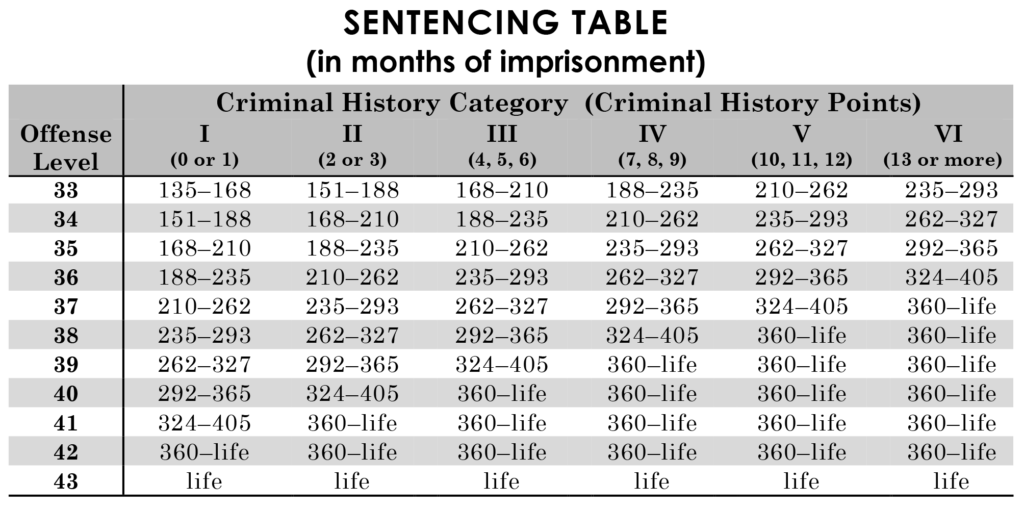• Tavor Tom‘s sentencing is set, virtually, for 2 p.m., April 7
• The defense wants seven years while the prosecution wants 17.5
• Judge William Johnson has total sentencing discretion, up to life
See the case write-up or read previous stories on the case
SHIPROCK, N.M. — Tavor Tom is asking a judge to sentence him to seven years for stabbing his aunt 75 times at her Shiprock home, including twice through the skull, while federal prosecutors are asking for 17 years.
Tom pleaded guilty on Nov. 24, 2020, to second-degree murder for stabbing to death his aunt, Roberta Clyde, 45, in 2019, after being indicted on the same charge on July 9, 2019. There was no agreement as to sentence, which is up to the sentencing judge.
Tom’s sentencing is currently set for 2 p.m., April 7, 2021, after being reset multiple times because the judge, William Johnson, was unavailable.
Tom’s attorney, James Loonam, wrote in a sentencing memorandum that Tom should be sentenced to seven years, half of his calculated sentence guideline of 14 to 17.5 years. Second-degree murder carries a maximum sentence of life.
Loonam wrote that Tom’s age at the time, 18, was one reason, and that Tom, high on and addicted to dextromethorphan, also known as Mucinex, was “operating under diminished capacity” when he stabbed his aunt to death. That he killed a family member, and “will face consequences of loss of part of his family for the rest of his life,” was the third reason for giving Tom a sentence below the guidelines. Tom had been addicted to the drug since he was 14.
“Tavor knows that his actions have caused everyone he loves and cares about almost unbearable pain,” he wrote.
Loonam wrote that Tom was hospitalized 10 times for dextromethorphan overdoses and five times were suicide attempts. He included a timeline of the overdoses.
“Each hospitalization indicates that Tavor exhibited signs of chronic depression,” he wrote.
Loonam wrote that Tom’s actions were “a product of that (drug) abuse and addiction.”
Prosecutor Joseph Spindle wrote in his own sentencing memorandum that Johnson should sentence Tom to the high end of the sentencing guideline calculated by the U.S. Probation Office, 17.5 years.
Spindle wrote that Tom went to Clyde’s house to steal her car.
“However, once he was inside her house, the attempted theft became infinitely worse,” he wrote. “Before stealing her car, Defendant decided to stab his aunt seventy-five times in the face, back, abdomen, arms, hands and neck. She died of blood loss on the floor of her bedroom, alone and suffering.”
Among the reasons for a sentencing at the top of the guideline was how “senseless and brutal” it was.
“The stabbing was so frenzied, two of the stab wounds penetrated her skull,” Spindle wrote. “She died of blood loss. This level of brutality far exceeds what would have been necessary to effectuate a murder.”
While Tom is young and experienced traumatic events, his drug use contributed to them and he seems disinterested in curbing his use, he wrote. Spindle wrote:
“According to Defendant, treatment “takes up too much time.” (Doc. 38, ¶ 60). This level of apathy to his drug use, even after multiple overdoses and the murder of a loved-one, indicates that he is not interested in changing his life. Therefore, even if the brutal murder of his aunt can be partially attributed to Defendant’s drug use, the fact that he does not intend curtail his drug use indicates he will remain a public safety risk.”
Spindle is also asking for $21,606 in restitution.
At 10 a.m., July 2, 2019, Clyde was found dead in her house by her father. Sometime during that same morning, Tavor Tom was found in her Jeep Cherokee, after he crashed into a fence in front of a church in Nenahnezad. Navajo Nation police officers found a bloody knife in the car, FBI Agent Cary Cahoon wrote in an affidavit for an arrest warrant.
During an interrogation, Tom told FBI agents he killed Clyde with a folding knife he took from his father’s vehicle. He intended to go to her house to steal her car so he could drive it to Farmington to steal Mucinex. After he stole it from the store, he drove on the back roads toward Shiprock and he crashed the vehicle into the fence. He was found in it the next morning, Cahoon wrote.
Pathologist Ross Zumwalt wrote in the autopsy report that Clyde suffered a total of 75 separate “sharp force injuries,” meaning stab wounds and incised, or slashing, wounds.
“Two of the stab wounds of the back of the head penetrated the skull resulting in bleeding around the brain,” Zumwalt wrote.
Clyde also has four stab wounds in her chest and one in her abdomen, which penetrated her stomach. She also has cutting wounds on her hands, which Zumwalt classified as probable defensive wounds.
“Death was a result of the blood loss caused by the multiple wounds,” Zumwalt wrote.
For more details on the crash, see the case write-up.
See the case on CourtListener.com or read the documents on Google Drive or Document Cloud
Continue reading “Tavor Tom to ask for 7 years at sentencing, prosecution for 17” →




